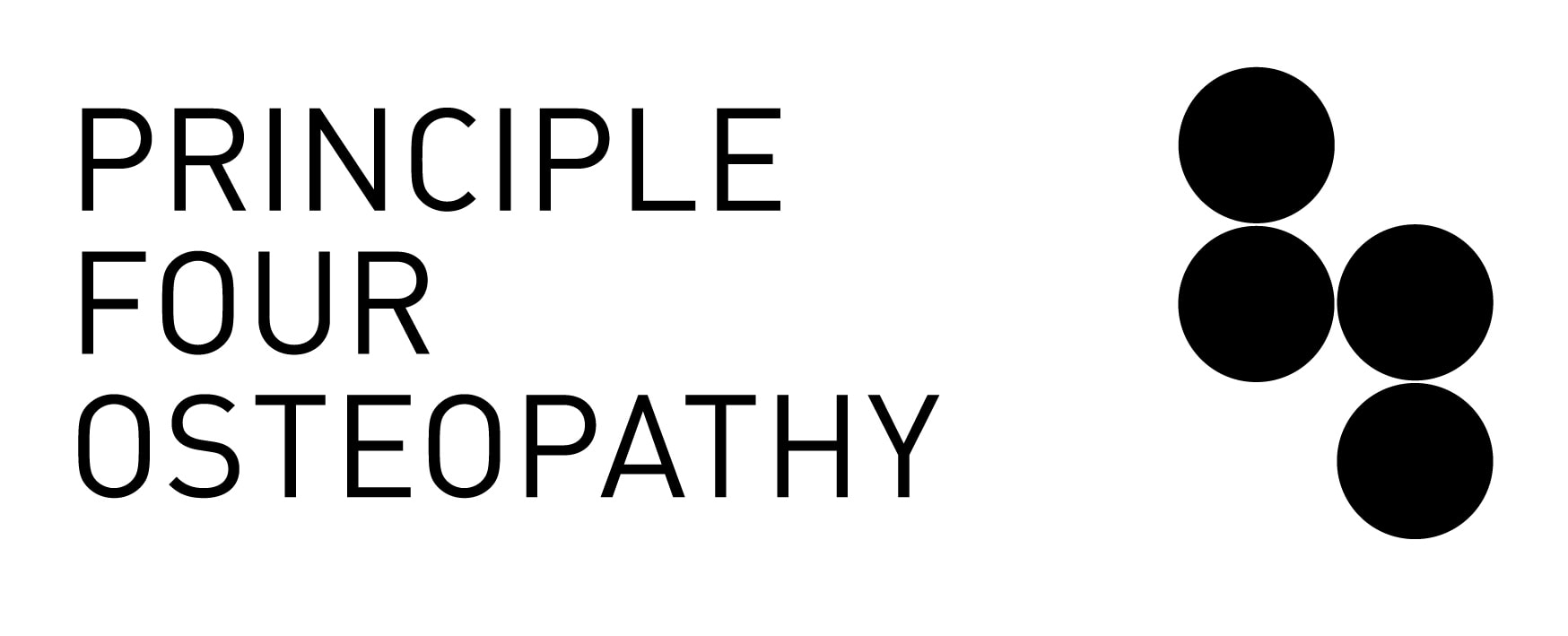Ergonomic Workstation Assessments – Do You Need One?
Table of Contents
-
Introduction
-
What Is an Ergonomic Workstation Assessment?
-
Common Workplace Injuries Caused by Poor Ergonomics
-
Who Benefits from an Ergonomic Assessment?
-
What to Expect During an Assessment
-
Our Expertise at Principle Four Osteopathy
6.1 On-Site and Virtual Assessments
6.2 Integration with Manual Therapy and Exercise Rehab -
FAQs About Ergonomic Workstation Assessments
-
Author
1. Introduction
Spending hours at your desk might not seem physically demanding—but over time, poor posture, awkward positioning, and repetitive tasks can lead to chronic pain and musculoskeletal issues.
At Principle Four Osteopathy in Melbourne CBD, we frequently see clients with neck pain, shoulder tension, lower back stiffness, and even wrist injuries linked to their workstation setup. An ergonomic workstation assessment is one of the most effective ways to prevent these problems and improve daily comfort and productivity.
So, what exactly is an ergonomic assessment, and how do you know if you need one? This blog explains everything you need to know.
2. What Is an Ergonomic Workstation Assessment?
An ergonomic assessment is a professional evaluation of your workstation—desk, chair, screen, keyboard, mouse, and work habits—with the aim of reducing strain, improving posture, and optimising your setup for comfort and efficiency.
It includes:
-
Reviewing desk and equipment height and positioning
-
Analysing your working posture
-
Identifying movement habits or postural stressors
-
Recommending tailored adjustments and tools
-
Teaching you how to maintain better posture throughout the day
These assessments can be done on-site in your office or remotely via video consultation, especially if you work from home.
3. Common Workplace Injuries Caused by Poor Ergonomics
You don’t need to lift heavy things to suffer a workplace injury. Static posture and repetitive micro-movements can result in:
-
Neck and shoulder tension
-
Lower back pain
-
Wrist and forearm pain (RSI)
-
Tension headaches
-
Eye strain
-
Hip stiffness and circulation issues
Often, these conditions develop gradually over months or years, and clients don’t realise their setup is the root cause.
4. Who Benefits from an Ergonomic Assessment?
Anyone who works at a desk for extended periods can benefit—especially if you’re experiencing:
-
Ongoing aches or discomfort while working
-
A recent increase in hours spent at the computer (e.g., WFH)
-
A new workstation or office chair
-
Recovery from a musculoskeletal injury
-
Concerns about posture or sedentary behaviour
We also work with:
-
HR teams managing return-to-work plans
-
Corporate clients rolling out wellness initiatives
-
Individuals with chronic or recurring pain related to work tasks
5. What to Expect During an Assessment
At Principle Four Osteopathy, our ergonomic assessments typically include:
-
Postural analysis (in sitting and standing positions)
-
Measurement of equipment height (desk, monitor, chair, keyboard)
-
Movement and flexibility screening
-
Assessment of work habits (e.g., phone use, breaks, reaching movements)
-
Personalised recommendations, which may include:
-
Adjusting chair and desk height
-
Changing monitor position
-
Keyboard/mouse placement
-
Footrests, document holders, or sit-stand desk setups
-
Activity and movement strategies to break up sitting time
-
We also demonstrate correct ergonomic positioning and provide a follow-up summary for your records or employer.
6. Our Expertise at Principle Four Osteopathy
We bring clinical insight and real-world experience to every ergonomic assessment.
6.1 On-Site and Virtual Assessments
We offer both:
-
In-person workstation assessments at your Melbourne CBD workplace
-
Remote ergonomic assessments via video call (ideal for hybrid and remote workers)
Each includes a summary report and custom recommendations. For corporate clients, we also provide multi-person assessments, educational workshops, and injury-prevention consulting.
6.2 Integration with Manual Therapy and Exercise Rehab
Unlike stand-alone ergonomic providers, we go further. If your pain is already affecting your work, we’ll combine your assessment with:
-
Hands-on osteopathic care
-
Postural retraining and stretching
-
Strength-building exercises for posture support
-
Workplace movement routines and break strategies
Our goal isn’t just to adjust your chair—it’s to help your body function better while you work.
7. FAQs About Ergonomic Workstation Assessments
Q1: Can I do my own ergonomic assessment?
You can make basic adjustments using online guides—but a professional assessment ensures tailored advice, objective measurement, and injury prevention insights.
Q2: Are ergonomic assessments covered by health insurance?
Some assessments provided by AHPRA-registered osteopaths may be claimable under specific plans. For workplace-based assessments, businesses often fund the service.
Q3: How long does the assessment take?
Individual ergonomic assessments typically take 30–45 minutes, including education and real-time setup adjustments.
Q4: Do I need to buy expensive equipment?
Not at all. We prioritise low-cost adjustments first—repositioning existing equipment, changing habits, or adding simple tools. We’ll only recommend purchases if they’ll make a meaningful difference.
Q5: Will this help reduce my work-related pain?
Yes. When combined with manual therapy and targeted movement strategies, ergonomic adjustments are highly effective in reducing and preventing office-related pain.
8. Author
Heath Williams
Principal Osteopath, Occupational Health Consultant
With over 15 years in allied health and a background in workplace ergonomics, Heath supports both individuals and organisations in creating healthier work environments. He combines clinical knowledge with practical solutions for pain-free performance at work.
M


